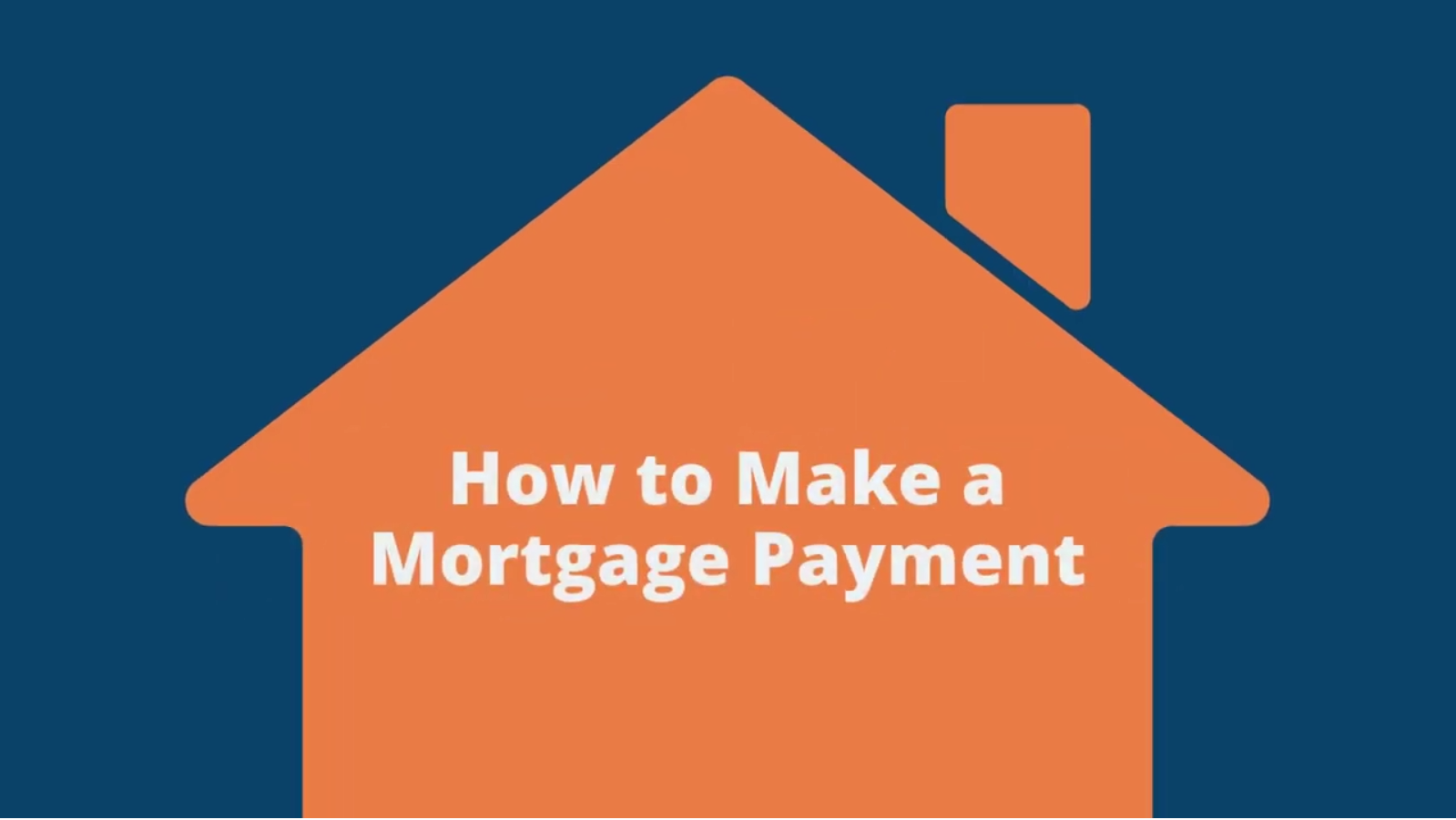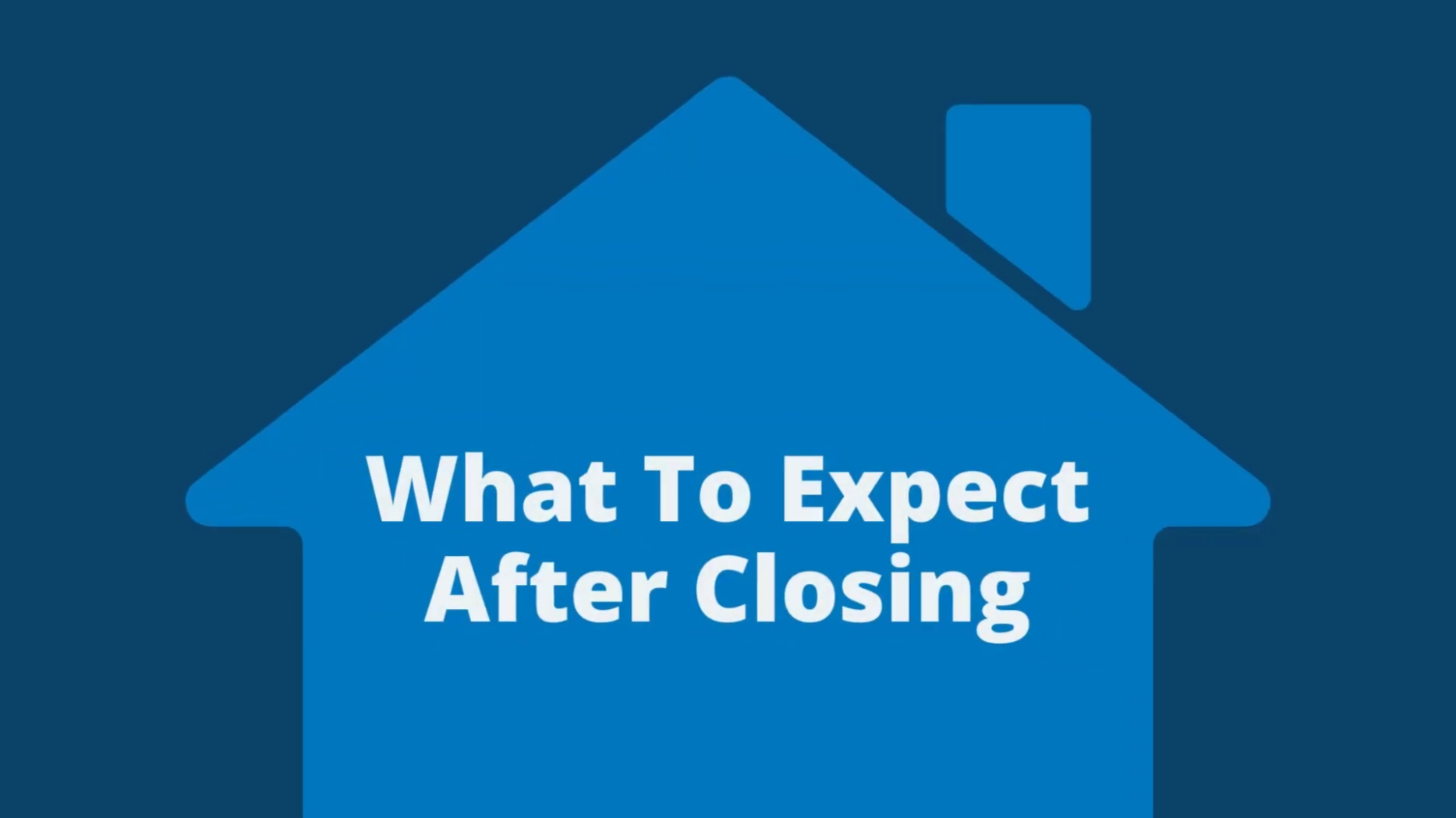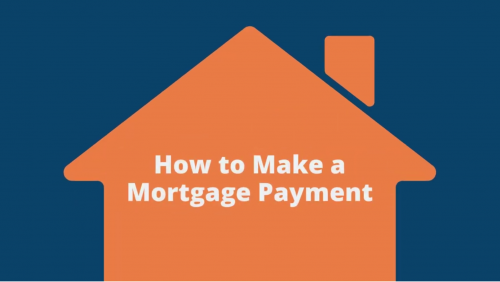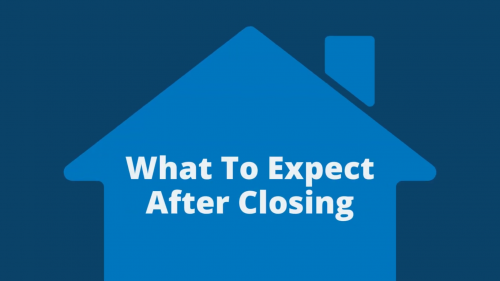Closing on a home can be an exciting yet stressful process. Once you get the keys and move into your new place, you may think the hard part is over. However, your relationship with your lender doesn’t necessarily end on closing day. Many lenders do follow up with borrowers after closing to ensure everything goes smoothly during the transition period.
In this article, we’ll explore what follow-up contact borrowers can expect from their lender post-closing, why lenders follow up, and tips for staying on top of your new mortgage.
What to Expect from Lenders After Closing
Here are some common ways lenders follow up with borrowers after closing
-
Closing Disclosure: Your lender will send you a closing disclosure statement that summarizes all the final terms, costs, and payments associated with your loan. Review this document closely and contact your lender if you have any questions.
-
Mortgage Note: You’ll receive a copy of your mortgage note, which is the legal document detailing your responsibilities and obligations as the borrower. This lays out your repayment terms, interest rate, total balance, and other key details.
-
Verification Forms In some cases your lender may send you post-closing verification forms asking about your employment income, assets, or other financial details. This is done to confirm the information used to approve your loan was accurate.
-
Hello Letter from Servicer Your loan may be transferred to a new servicer who will then manage your payments and account You’ll get a welcome letter with their contact information and instructions for setting up your account
-
Follow-Up Communications: Expect phone calls, emails, or letters from your lender or servicer in the weeks after closing to answer questions, review your payment setup, and ensure you understand the loan terms.
Why Lenders Follow Up After Closing
There are a few key reasons lenders follow up with borrowers post-closing:
-
Confirm Application Details: Income and employment verifications help ensure the details used to qualify and approve borrowers were accurate at the time of closing.
-
Account Setup: Lenders want to make sure you know where and how to make mortgage payments, set up autopay, manage escrow accounts, etc.
-
Build Relationships: Follow-up contact allows lenders to continue assisting you, answer questions, and serve as an ongoing educational resource.
-
Quality Control: Post-closing follow-up is part of lenders’ quality control process and helps them identify any issues or needed improvements.
-
Transfer Servicing: If your loan is sold, the new servicer needs to introduce themselves and get your account set up properly.
Tips for New Borrowers After Closing
Here are some tips to ensure a smooth transition once you’ve closed on your mortgage:
-
Carefully review all documents sent by your lender and servicer. Ask questions if anything is unclear.
-
Set up autopay or automatic transfers for your monthly mortgage payment to avoid late fees.
-
Make sure your lender has updated contact information if you move or change phone numbers.
-
Know who to contact (lender or servicer) for questions about specific account issues.
-
Save records of all communications, payments, and documents related to your mortgage.
-
Open and respond to all mail from your lender in a timely manner. Post-closing verification forms often have deadlines.
-
Contact your lender/servicer immediately if you have trouble making payments or experience financial hardship. They have options to help avoid default or foreclosure.
-
Notify your lender/servicer if you refinance or pay off your mortgage early. Ask for a detailed payoff statement.
-
Remember lenders follow up to help you, not harass you. Prompt cooperation leads to a smoother servicing process.
Common Post-Closing Communications Explained
Let’s take a closer look at some of the most frequent lender communications borrowers receive after closing and what they mean:
Notice of Servicing Transfer
If your servicer changes, you’ll get this notice indicating:
- Old and new servicer contacts
- Date your new servicer starts
Follow instructions to set up your new account. Keep paying your old servicer until the transfer takes effect.
Welcome Letter from New Servicer
This introduces your servicer and provides:
- Account and payment setup details
- Online account access
- Contact information
- Applicable fees and terms
Follow all steps to establish your account and payment method with the new servicer.
Monthly Mortgage Statements
Review these carefully each month. They show:
- Payment breakdown – principal, interest, escrow
- Fees assessed
- Payment history
- Current balance
- Ways to pay
Notify your servicer if you see any errors or have questions.
Yearly Escrow Analysis
This summarizes your escrow account transactions and shows any payment changes needed to cover property taxes and homeowner’s insurance over the next year.
1098 Mortgage Interest Statement
Important for tax prep, this yearly statement details:
- Interest paid
- Mortgage insurance premiums
- Points paid on loan
Keep this document for your tax records. Consult a tax pro with any questions.
Payoff Statements
If you pay off or refinance early, your lender must provide a payoff statement within 7 days of your request detailing the exact payoff amount needed. This changes daily with interest accruals. Have funds wired once you have the final figure to avoid any shortages.
Staying on top of post-closing communications is key to avoiding headaches. While lenders do follow up to provide support, you also need to hold up your end by reviewing documents, asking questions, making payments on time, and notifying your servicer of any changes. Maintaining open communication and prompt cooperation with your lender’s requests makes the post-closing and servicing process much smoother.

Frequently Asked Questions – Servicing Released
After your closing, the Closing Agent will send your signed loan documents to the Post Closing Department at Member First Mortgage, LLC (MFM). Your loan file will be reviewed to confirm that everything is returned, signed, initialed and notarized correctly. After the Post Closing review, your loan will soon be set up in a Servicing system, so it will be ready to go for your first mortgage payment. The signed Deed of Trust/Mortgage document(s) are typically filed at the County Recorder’s Office by the Closing Agent shortly after your closing.
Yes, your loan may be sold or transferred to a new Investor or Servicer. Selling your loan to another investor is normal and nothing to be alarmed about. This all occurs behind the scenes and does not change the terms of your mortgage.
Once your loan has been sold, you will receive a Welcome letter/packet from either MFM or the new Servicer, depending on the timing of that transfer.
- If your loan has not been transferred to the new Servicer by the 10th of the month, MFM will email or mail you our Welcome letter/packet (check your email junk/spam folders).
- If your loan has been transferred prior to the 10th of the month, you will receive a Goodbye letter from MFM and a Welcome letter/packet from the new Servicer at least 15 days prior to your first payment. Your new loan number, payment options and other account details will be included in the letter.
- Depending on the timing of the transfer, you may receive a welcome letter from MFM and then subsequently receive a Goodbye letter/Welcome letter before even making your first payment
Your first mortgage payment is typically due on the first day of the month after you’ve owned the home for at least 30 days.
- For example, if you close on your mortgage on April 7th, your first payment would be due on June 1st. This is the typical first payment process, however, there may be some exceptions to the general rule. You can always review your closing documents and refer to your ‘First Payment Letter’ for your first payment due date.
- After the first payment, your mortgage payments will always be due on the 1st of every month.
If your loan has been transferred, please refer to your new Servicer’s Welcome letter for payment information and instructions. If you have not received a notice that your loan has been transferred, please make your first payment to MFM.
- If you send your first payment to MFM, but it should have gone to the new Servicer, we will forward this payment on to the new Servicer.
- MFM accepts payment by check, ACH, phone, or online.
- Check – The amount of the check must be at least the amount of your regular monthly payment. Please write your loan number on the check. MFM provides monthly statements with a coupon attached at the bottom. Mail your check to: Member First Mortgage, LLC Dept. 771502 Detroit, MI 48277-1502 Additional principal payments may be made subject to the requirements of your loan. Please send a separate check with your loan number and “Principal Payment” in memo area to: Member First Mortgage, LLC 616 44th Street SE Grand Rapids, MI 49548
- Automatic Monthly Payments (ACH) – Fill out the MFM ACH enrollment form from your Welcome Packet and send to [email protected]. When you sign up for ACH, you will receive a letter of confirmation from MFM indicating the date the payments will begin. Until confirmation is received, you will make manual payments.
- Phone Payments (fees may apply) – Make your payment by speaking with our Member Service team or by using the Automatic Phone Payment System. When you call 1.866.636.1052, have the following information available: Loan Number, ABA/Routing Number, Checking or Savings Account Number, Debit Card, and amount of your payment.
- Online Payments – To enroll, visit www.memberfirstmortgage.com and select “My Account” and then “Register and fill out the information on the screen that appears. Once you have completed the sign-up process, MFM will notify you of enrollment by email and you can then begin using this service. To make a payment: Select “My Account”, login and follow the instructions to make your payment.
If you have an escrow account, your monthly mortgage payment will consist of principal, interest, taxes and insurance (P.I.T.I). Using an escrow account, MFM will pay the taxes and insurance on your behalf each month.
- The amount required for your escrow is constantly changing, as tax bills and insurance premiums change and fluctuate. As your Servicer, MFM will analyze your escrow account annually to make sure we are not collecting too much or too little. We will then notify you of any changes or adjustments that need to be made to your escrow account. Your overall tax and insurance payments may then be adjusted depending on the results of the analysis.
- If you don’t have an escrow account, you will be responsible for paying your own property taxes and insurance.
Your new Servicer will prepare your 1098 tax statements each year. Your 1098 statements will be available online and a hard copy will be mailed to the address on file before the end of January, in accordance with IRS guidelines. If you made any payments to your account during the service with MFM, we will prepare a partial 1098 statement.
Yes! Every mortgage is unique to the borrower(s) so it’s impossible to consolidate everything into one list. However, some additional things to be aware of after closing are:
- Interest Rates: Interest rates rise and fall all the time. If they drop down enough, you may be able to refinance your mortgage. Contact your loan officer to see if refinancing is right for you.
- Equity: Keep an eye on equity, especially if you have a Conventional loan and you’re paying private mortgage insurance (PMI). If you have built up at least 20% in equity in your home and have a Conventional loan, you can inquire about eliminating PMI.
- Influx of Mail: Prepare for a lot of mail! Once you are officially recorded as the property owner, your loan becomes part of public record. As a result, your mailbox will start filling up with offers from other Mortgage Companies, other home products or even scams. Your information was not sold; however, the terms and conditions of the loan are now included in public records. Be vigilant! Reach out to your Servicer if you have questions about the validity of a document.
If you have any additional questions, please contact MFM by email at [email protected] or by phone at 866-636-1052 during normal business hours 8:30am to 6:30pm EST, Monday through Friday.



How to Make a Payment – Servicing Released

Why is my lender asking for documents AFTER closing
FAQ
What do lenders do after closing?
The post-closing process
However, as mentioned above, many lenders will actually sell your loan to another financial institution to service your loan. Occasionally, a lender will also service their loans, but most just finance these loans temporarily and sell them to a mortgage servicer post closing.
Can a loan fall through after closing?
Sadly, yes, that can happen. There is often a caveat in the closing docs that if anything has changed to materially impact the risk of the loan between approval or closing, the lender reserves the right to cancel.
What is the 3 day rule for closing?
For traditional mortgages, the most noticeable is the three business-day waiting period between receiving your closing disclosure and the consummation date (often known as your closing day). This three business-day rule was introduced in October of 2015, and it applies to both original mortgages and refinancing.
